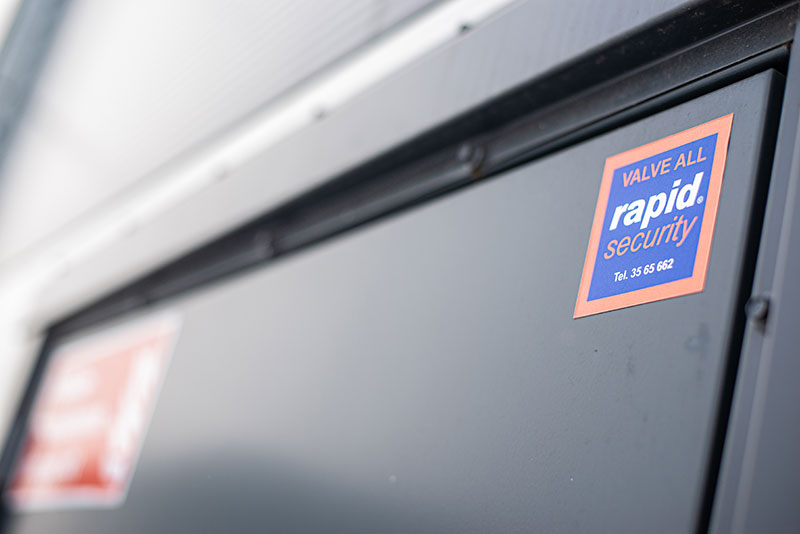Threat and Risk Assessment
Front page » Services » Threat and Risk Assessment
A key component of security assurance
Security risk analysis is an important process in which potential threats and vulnerabilities are assessed to determine how to reduce or prevent them. This is crucial for companies, institutions, and individuals who want to ensure the security of their property, data, and overall safety. Depending on the field of activity, security analysis is mandatory for some companies.


Who needs a security audit
- Businesses Risk analysis helps businesses identify potential threats, protect their employees and customers, and ensure that their operations are conducted in a secure environment.
- Government Agencies Government agencies are responsible for critical infrastructure, national systems, and public safety. Risk analysis helps them identify potential vulnerabilities and develop effective strategies to protect state resources and the interests of citizens.
- Financial Institutions The financial sector is often a target for cybercriminals due to the large amounts of money and sensitive information involved. Risk analysis helps financial institutions identify potential threats that could jeopardize their customers’ data and transactions.
- Healthcare Organizations Healthcare organizations manage sensitive medical data, which makes them vulnerable to cyber threats. Risk analysis helps ensure that patient data is protected and that the healthcare system operates without disruptions.
- Educational Institutions The education sector stores personal data of students and staff, and there is a need to ensure the overall security of schools and universities. Risk analysis helps educational institutions prevent potential threats and ensure the safety of the learning environment.
- Individuals Individuals also need to perform risk analysis, especially if they want to protect their home, family, and personal property. This includes, for example, protecting the home security system, personal documents, and electronic identity.
Why is it necessary to conduct a security risk analysis
Prevention of Danger
Security risk analysis allows for the early detection of potential threats and vulnerabilities, enabling organizations to take preventive measures against them.Improving Security
Analysis helps organizations understand their current security position and develop measures to improve security.Compliance with Legal and Regulatory Requirements
Many sectors are associated with legal and regulatory requirements that require security risk analysis and compliance with standards.Improving Responsiveness
Once a security risk analysis is done, organizations are better prepared for unexpected situations and quick response to cyber threats.
Frequently Asked Questions - FAQ
Several methods can be used to identify risk, including market research, cybersecurity assessments, asset evaluations, event analysis, and surveys. A combination of different methods allows for a more comprehensive overview of potential threats.
The English translation of your message is – “Security risk analysis covers several areas, including cybersecurity, physical security, employee training, asset protection, emergency response, and business plans.
Security risk analysis should be updated regularly or whenever an organization changes its operations, adds new systems or technologies, experiences market changes, or after significant security incidents.
Common security risks include cybercrime, data breaches, physical theft, terrorism, social engineering attacks, and natural disasters. These can vary by organization, depending on the field of activity and location
